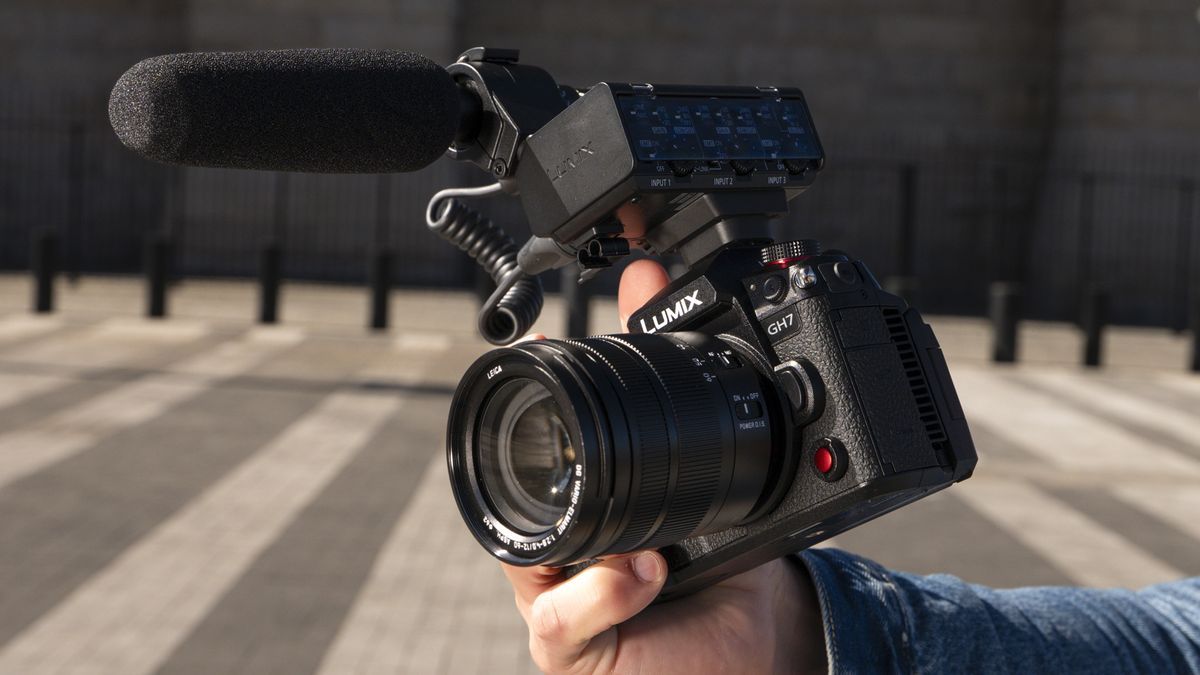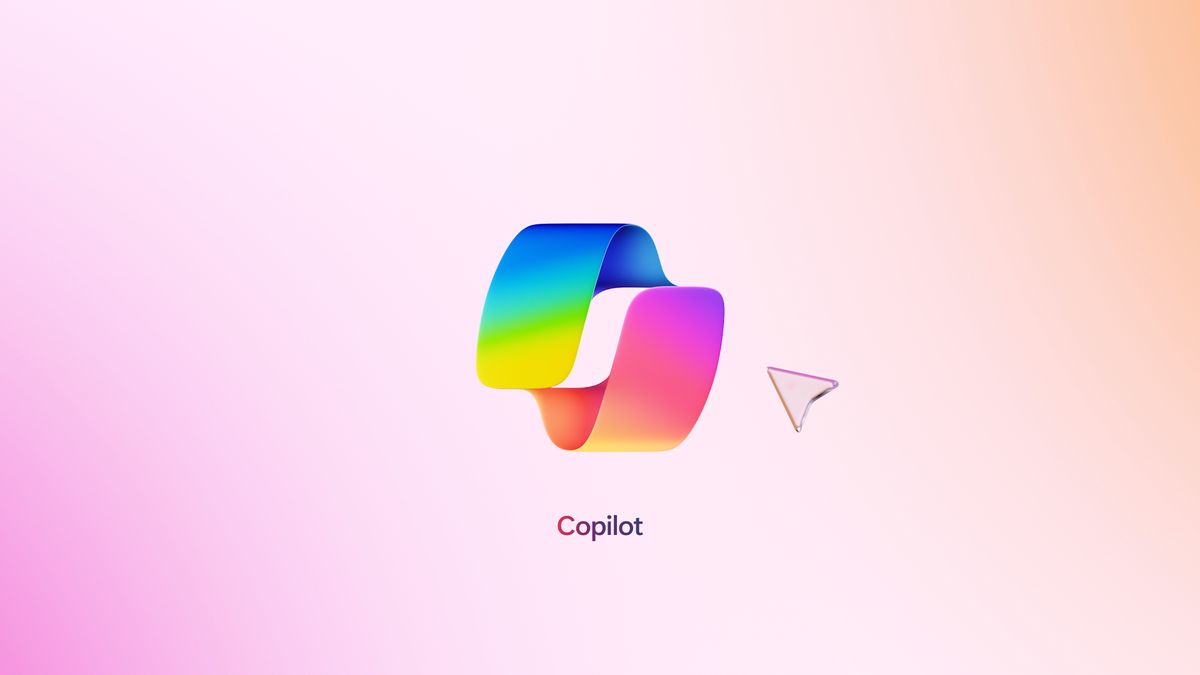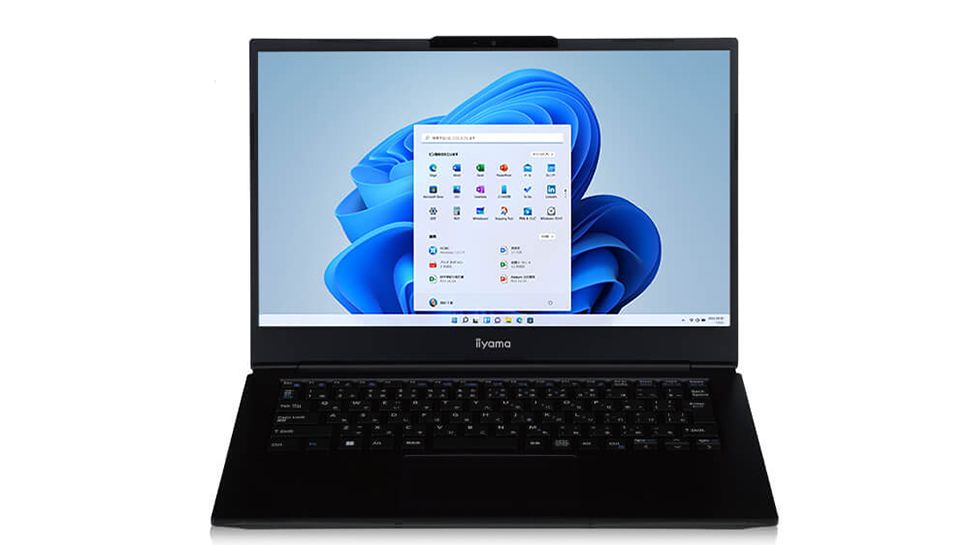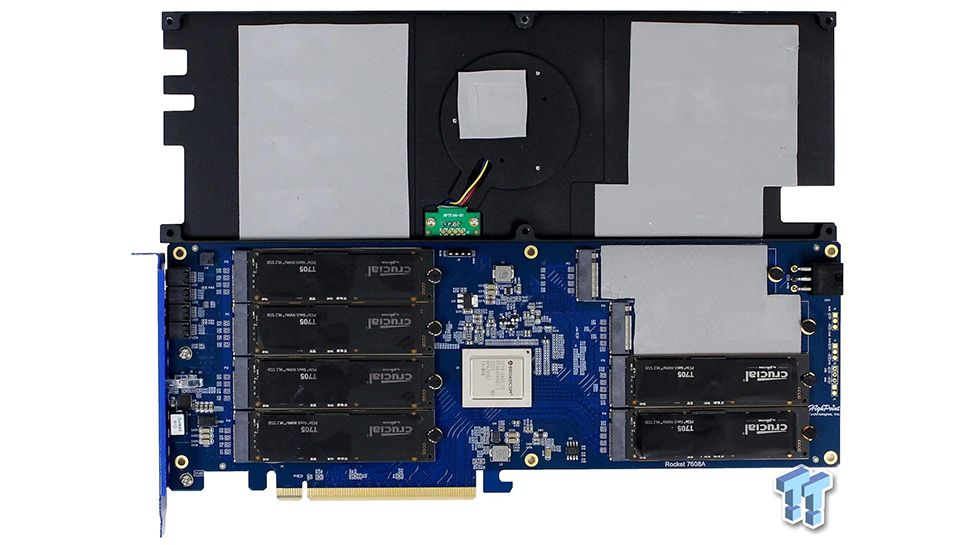Panasonic has introduced the Lumix GH7 and it looks like a really powerful camcorder with an impressive feature set, a world's first, and potentially one of the best value camcorders around.
It succeeds the Lumix GH6, a micro four thirds (MFT) camera that we already rated very highly in its 2022 launch, but which seemed to have its days numbered after the recent launch of the Lumix G9 II, given that the new photography is what first. The model has autofocus for video, surpassing the GH6.
But Panasonic has now course-corrected its Lumix GH line, adding phase-detection autofocus to a new 25.2MP sensor, along with new subject-detection AF modes that include a target area option, like the nose of a airplane or a motorcyclist's helmet. These new abilities could speed up Lumix's autofocus performance for 2024 hybrid shooters.
The sensor also features what we expect to be industry-leading image stabilization performance, especially with new improved modes like Active IS 'High Mode' for smooth moving images.
Panasonic has improved video capabilities for serious filmmakers, with 5.7K/30fps video recording now available in internal ProRes raw HQ and ProRes 422 HQ formats, plus 5.7K/60fps open gate video and 5 ,8K/30p. Most other cameras at this price offer raw video recording via an external, not internal, recorder, with the Blackmagic Cinema Camera 6K being a notable exception.
The scope of slow motion video recording has also been expanded, with 4K at 120 fps in 10-bit and up to 300 fps in Full HD, again in 10-bit.
When shooting in V-log color profile, the Lumix GH7 maintains 13 stops of dynamic range. You also get Panasonic's Real Time LUT color profiles, which were previously found on the Lumix S5 II and Lumix G9 II, but only received more attention with the release of the heavily marketed Lumix S9. In short, you can import any color profile, including recipes created by professional creators, directly into your Lumix camera.
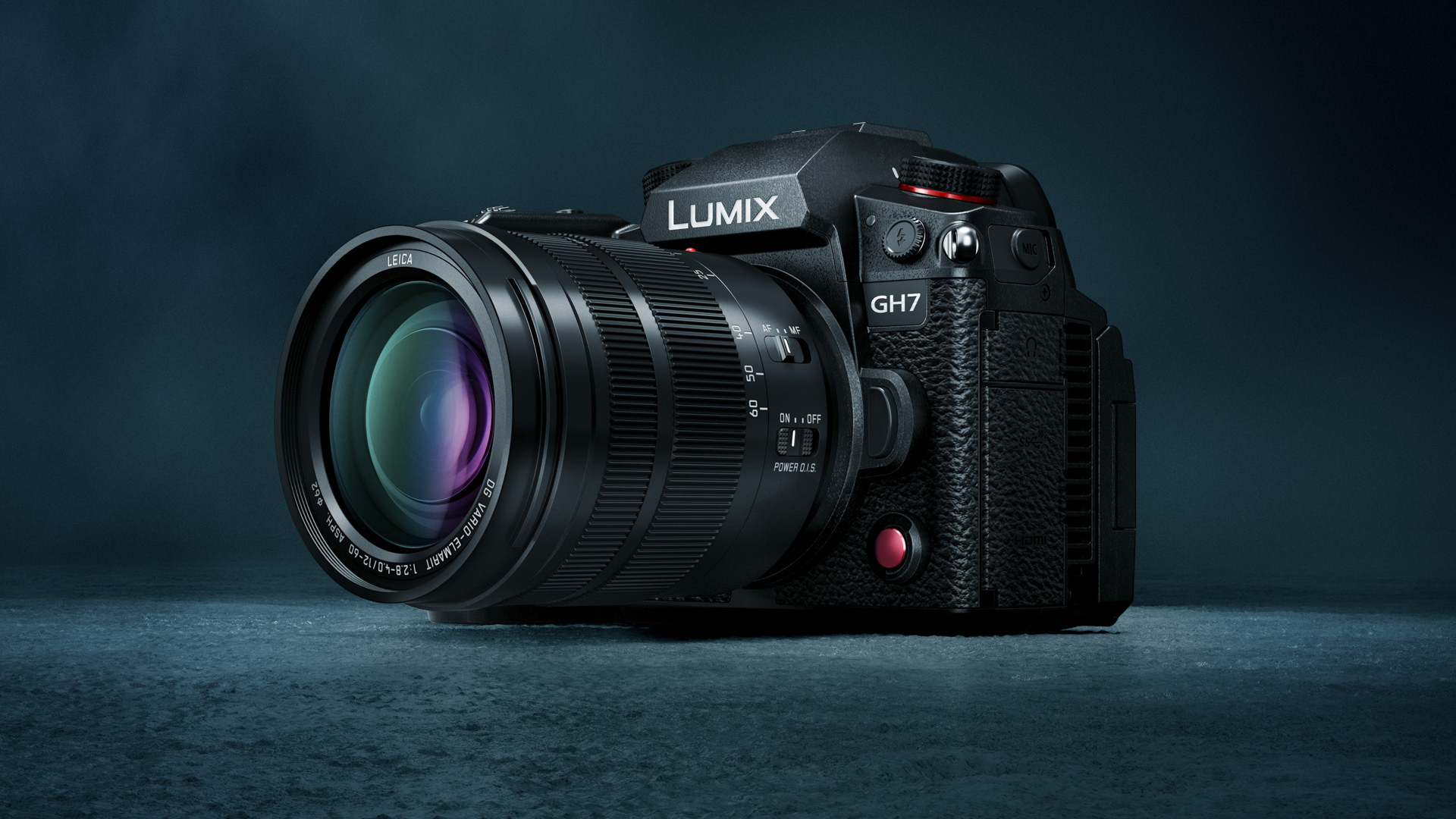
There's also an awesome, world-first feature: in-camera 32-bit floating audio recording. We've explained what that technology means in our DJI Mic 2 review, but in short, it combines a wider frequency range and richer sound than 24-bit audio, with the flexibility to avoid clipping because the frequency range can “float” rather than being fixed. It's a bit like taking photos in raw format rather than JPEG – there's more freedom to recover details that would otherwise be lost.
However, you will need an optional DMW-XLR2 microphone adapter and microphone to export video files with floating 32-bit audio, and this new accessory will be available from July 2024 for $499 / £499 / AU$899.
Speaking of pricing, Panasonic has launched its latest Lumix model at the same price as previous GH models: $2,199 / £1,999 / AU$3,899, meaning the Lumix GH7 offers the best value for money for video-focused photographers. You don't need full frame.
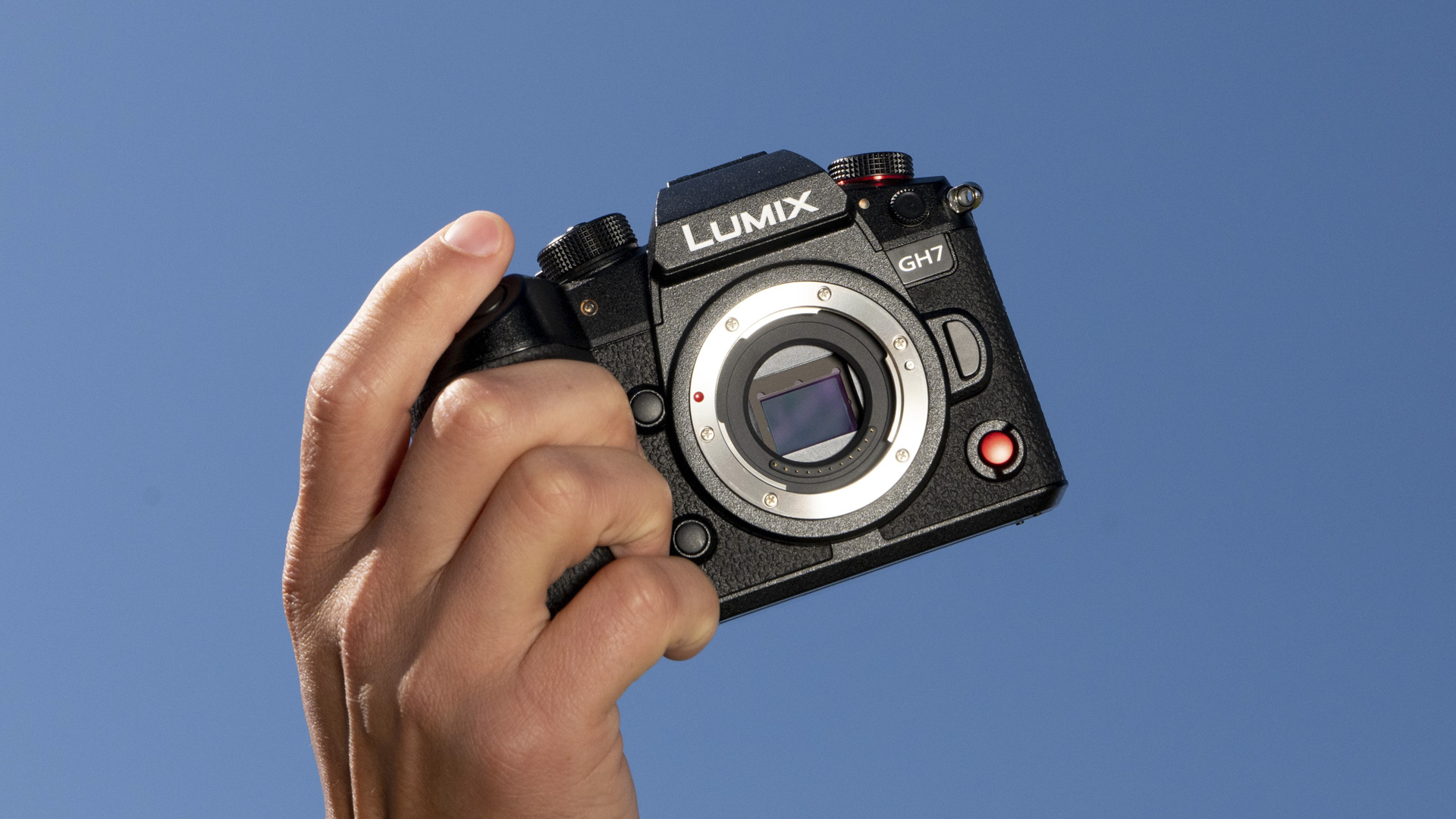
Panasonic has ensured that the Lumix GH7 is a robust and feature-packed shooter: the GH7 has a rugged build and incorporates a cooling fan, meaning video recording times are unlimited, unlike the Lumix S9 , very limited.
We loved the Lumix GH6 when it first came out, but it was ultimately crippled for video by its contrast-detection autofocus. Panasonic has addressed this and more in the Lumix GH7, although whether there is still demand for an MFT camera in 2024 is another question.
Panasonic itself has developed a line of full-frame cameras, including the superb Lumix S5 II/S5 IIX video-focused cameras. And many filmmakers will feel like they need full frame instead of MFT, regardless of whether that's actually true.
Ironically, the Lumix GH7's main competition could turn out to be Panasonic's own Lumix S5 II. However, this new MFT model has a lot to offer and we will discuss our ideas further in a full review soon.

